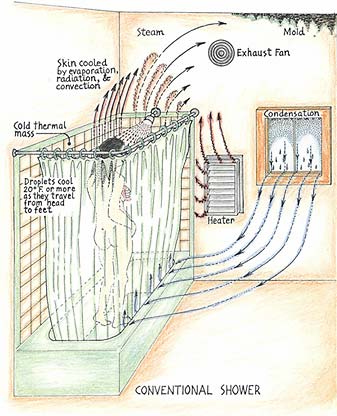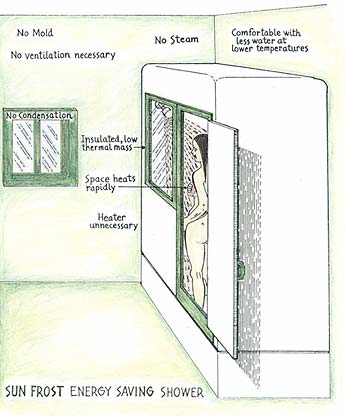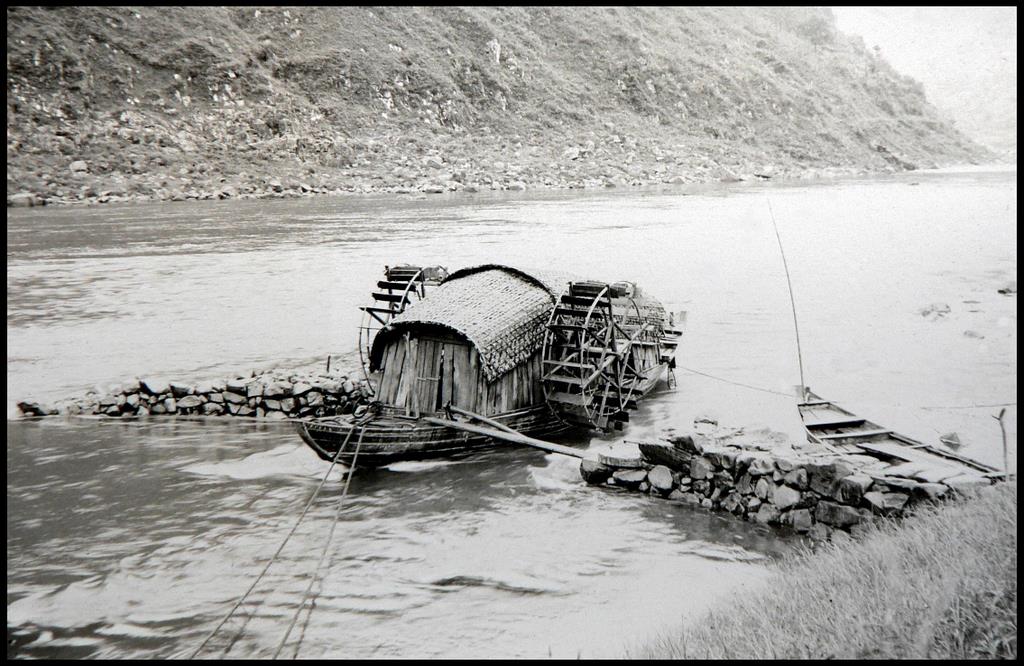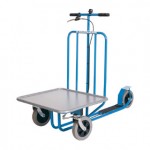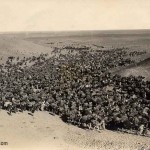“Some of the most indebted nations in Europe now host the most modern infrastructures on the continent… While Spain’s high-speed AVE trains cost almost €6 billion to build, they only transport about 1% as many passengers a year as the nation’s commuter trains”. Read more at ejolt: Why so fast?
Fully Enclosed Showers
“The design features of a conventional shower minimize thermal comfort, maximize energy use and water consumption while exacerbating moisture problems. Most of these negative effects are caused by evaporation. There is a simple solution to this; preventing airflow to and from the showing area is the key, in other words sealing the shower stall. Additional benefits can be obtained by the incorporation of insulated low thermal mass walls that heat up rapidly.”
“The result is a shower stall where air currents are minimized, humidity is increased and the air is warmer. All these effects will increase thermal comfort and reduce energy and water consumption. Another benefit is that with the air in the shower warmed, the water vapor present will not be condensing in the air, eliminating steamy conditions.”
“This energy efficient shower combines effectively with solar heating, since it allows for a fairly comfortable shower when water temperatures dip to 90ºF (Typical water temperature for a shower is 105ºF).”
Read more. Via Ask the Renewable Engineer. See also: The Shower Dome (and the DIY-version).
Floating Grain Mill in Old China
A Floating Grain Mill on the Hwei River in China (19th/20th century). Source. Previously: “Boat mills: water powered, floating factories“.
From Europe to America by Sail
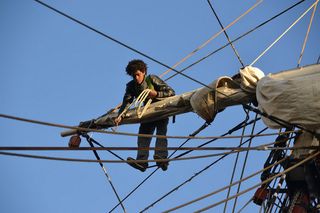 Do you want to travel between Europe and America in a sustainable way? Try a sailing boat. The 32 m long brigantine “Tres Hombres” maintains a freight service between Europe, the Atlantic islands, the Caribbean and America. Besides a cargo capacity of 35 tons, she has accommodation for 5 crew members and a maximum of 12 passengers. On board you learn the basics of square-rigged seamanship: maintenance, navigating, manoeuvring under sail, safety, cooking and much more.
Do you want to travel between Europe and America in a sustainable way? Try a sailing boat. The 32 m long brigantine “Tres Hombres” maintains a freight service between Europe, the Atlantic islands, the Caribbean and America. Besides a cargo capacity of 35 tons, she has accommodation for 5 crew members and a maximum of 12 passengers. On board you learn the basics of square-rigged seamanship: maintenance, navigating, manoeuvring under sail, safety, cooking and much more.
The ship sails throughout the year. The website now shows the schedules for the summer of 2013, the winter of 2013-2014, and the summer of 2014. On November 17, 2013, you can sail across the Atlantic from Portugal to Brazil, which takes an estimated 45 days. The trip costs 2700 euro. On February 10, 2014, you can sail back from the Dominican Republic to London via Bermuda and the Azores. This eastbound Atlantic crossing takes 81 days and costs 4455 euro. Shorter trips are also possible. For example, on May 4, 2014, you can sail from London to Amsterdam in 5 days, which costs 375 euro.
More info at Fairtransport. (Click “Tres Hombres” in the upper right corner, then switch to English language).
Ask No Tech Magazine: Self-Replicating Solar Kilns?
Jon Freise sends us the following question.
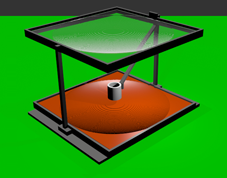 “Have you come across any designs for solar ceramic kilns that might be able to manufacture glass mirrors? If a solar kiln was powered by mirrors, and if it could make a mirror, then it would be possible to have a self replicating solar economy. If the supporting frame was wood instead of steel, it would be possible to assemble anywhere. My college had several wood parabolic dishes used to transmit sounds over long distance. They were built as a toy.”
“Have you come across any designs for solar ceramic kilns that might be able to manufacture glass mirrors? If a solar kiln was powered by mirrors, and if it could make a mirror, then it would be possible to have a self replicating solar economy. If the supporting frame was wood instead of steel, it would be possible to assemble anywhere. My college had several wood parabolic dishes used to transmit sounds over long distance. They were built as a toy.”
If anyone has more information, comments are open.
